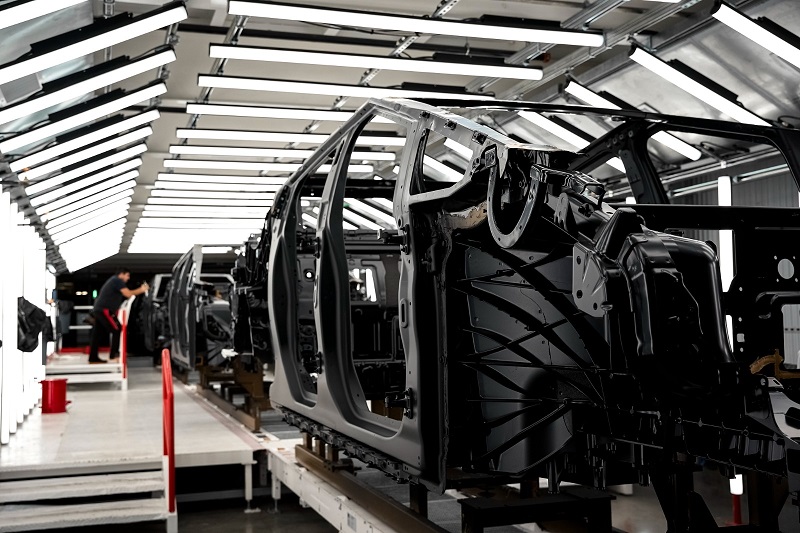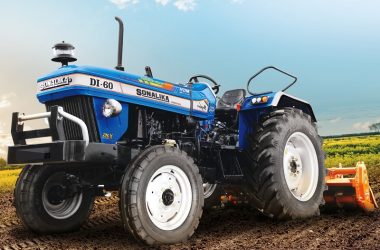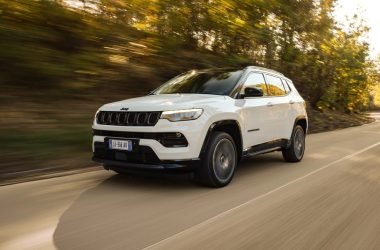Austin, Texas – July 23, 2024 – Tesla, the leading innovator in electric vehicles and sustainable energy, has unveiled its financial results for the second quarter of 2024. Despite navigating a complex operating environment, Tesla has achieved significant milestones, underscoring its robust financial health and operational efficiency.

Record-Breaking Revenue and Growth in Energy Storage
Tesla reported record quarterly revenues in Q2 2024, driven primarily by its burgeoning Energy Storage division. The company achieved a landmark 9.4 GWh of energy storage deployments, setting new records in both revenue and gross profits for this segment. This growth reflects the increasing global demand for sustainable energy solutions and Tesla’s expanding market footprint.
Vehicle Deliveries and Consumer Sentiment
Q2 witnessed a notable rebound in vehicle deliveries as consumer sentiment improved. Tesla introduced attractive financing options to mitigate the effects of persistently high-interest rates, contributing to the resurgence in sales. The company also recorded unprecedented regulatory credit revenues, benefiting from other Original Equipment Manufacturers (OEMs) struggling to meet emissions requirements.
Global EV Market Dynamics
Electric vehicle (EV) penetration globally returned to growth, steadily eroding the market share of internal combustion engine (ICE) vehicles. Tesla remains steadfast in its belief that pure EVs represent the optimal vehicle design, confident that consumer adoption will increase as misconceptions about range, charging, and service are dispelled.
Advances in Artificial Intelligence and Full Self-Driving (FSD)
Tesla continued to make strides in its AI initiatives throughout Q2. The company reduced the price of its Full Self-Driving (FSD) package in North America and launched free trials for customers equipped with the necessary hardware. These efforts have shown promising results, laying the groundwork for future monetization of FSD capabilities. Tesla anticipates a rise in FSD adoption rates as the technology advances and more consumers recognize the safety and convenience it offers.
Strategic Focus on Cost Reduction and AI Development
Tesla’s strategic priorities include reducing company-wide costs, growing its traditional hardware business, and accelerating the development of AI-enabled products and services. Although the timing of Robotaxi deployment depends on technological progress and regulatory approval, Tesla is diligently pursuing this opportunity due to its substantial potential value. Concurrently, the company is managing its product portfolio with a long-term perspective, aiming to increase sales, maximize its installed base, and generate sufficient cash flow for future investments.
Financial Highlights
Tesla’s profitability in Q2 2024 included a GAAP operating income of $1.6 billion, factoring in restructuring and other charges totaling $0.6 billion. The company reported a GAAP net income of $1.5 billion and a non-GAAP net income of $1.8 billion. Despite a decline in deliveries of its S3XY vehicle lineup, the company saw higher regulatory credit revenues and growth in Energy Generation and Storage gross profit.
Cash Flow and Investments
Operating cash flow for Q2 stood at $3.6 billion, with free cash flow at $1.3 billion, including $0.6 billion in capital expenditures for AI infrastructure. Tesla’s cash and investments increased by $3.9 billion, reaching $30.7 billion.
Operational Achievements
Tesla achieved a record energy storage deployment of 9.4 GWh in Q2. The company also reported that its humanoid robot, Optimus, began performing tasks autonomously within one of its facilities. Furthermore, the Cybertruck emerged as the best-selling electric pickup in the U.S. during this quarter.
Revenue Analysis
Tesla’s total revenue increased by 2% year-over-year (YoY) in Q2, amounting to $25.5 billion. This growth was driven by the expansion of the Energy Generation and Storage business, Cybertruck deliveries, higher regulatory credit revenues, and growth in services and other segments. However, these gains were partially offset by a reduction in the average selling price (ASP) of the S3XY vehicles and a decline in their deliveries.
Global Operations and Production
Tesla continued to diversify its vehicle lineup with new Model 3 and Model Y trims and additional paint options for the S3XY lineup. Production is expected to increase sequentially in Q3 following a decline in Q2. In the U.S., the refreshed Model 3 ramped up successfully, with the introduction of new variants. Cybertruck production tripled sequentially and is on track for profitability by year-end. Preparations for the Semi factory are also progressing, with production set to begin by late 2025.
In China, deliveries from Gigafactory Shanghai surged, particularly in South Korea. Tesla’s focus on core functionality and autonomy positions it well in the competitive Chinese market. In Europe, Gigafactory Berlin-Brandenburg started producing vehicles for right-hand drive markets and began deliveries to the U.K., Israel, Taiwan, and Qatar.
Innovations in Battery, Powertrain, and Manufacturing
Tesla produced over 50% more 4680 cells in Q2 compared to Q1, achieving significant cost improvements. The company also entered the validation phase for vehicle testing of its first prototype Cybertruck using in-house dry cathode 4680 cells, marking a major cost reduction milestone.
Non-Automotive Business Growth
Tesla’s non-automotive business, including energy storage products like Megapack and Powerwall, is becoming increasingly profitable. The Energy Generation and Storage segment achieved record revenues and gross profits in Q2. The Lathrop Megafactory set a production record, while the Shanghai Megafactory remains on track to start production in Q1 2025.
Advances in Artificial Intelligence
In Q2, Tesla focused on enhancing its FSD (Supervised) capabilities, reducing driver interventions, and improving driving comfort. The company introduced a version of FSD that relies on eye-tracking software to monitor driver attentiveness and increased the robustness of its next-gen FSD model. Optimus, Tesla’s humanoid robot, began performing battery handling tasks autonomously, marking a significant step in AI development.
Expansion of Services and Supercharging Network
Tesla’s Services and Other segment experienced sequential profit growth, driven by improved service center margins and higher gross profits from collision repair. The company is expanding its Supercharging network, aiming to deploy more capacity in North America than the rest of the industry combined. Tesla remains committed to opening its network to non-Tesla EVs and plans to onboard more OEMs by year-end, increasing network utilization and driving revenue growth.
Looking Ahead
As Tesla continues to innovate and expand, its focus remains on cost reduction, growth in traditional and AI-enabled products, and long-term profitability. The company’s achievements in Q2 2024 highlight its resilience and strategic vision, positioning Tesla for continued success in the evolving global market.
Tesla’s comprehensive Q2 2024 financial report underscores its dynamic growth and commitment to advancing sustainable energy and transportation solutions. As the company navigates the complexities of the current market landscape, its relentless pursuit of innovation and efficiency continues to drive its impressive performance and market leadership.







